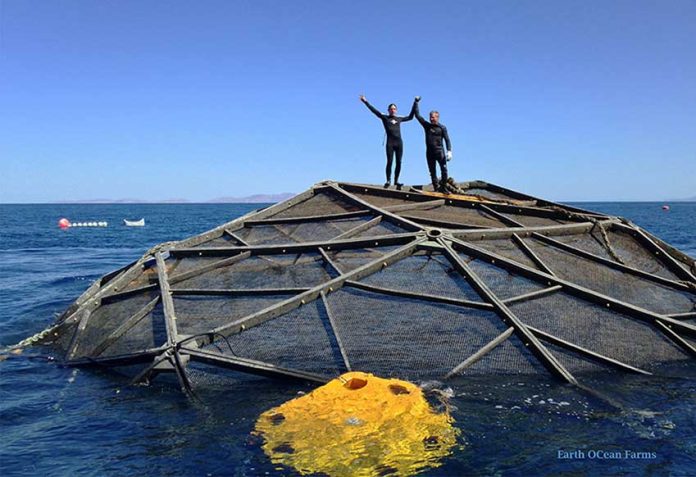As the number of vaquita porpoises declines in the Sea of Cortés, could the totoaba, another endemic and threatened species from that part of Mexico, be on the road to recovery?
More than 40,000 young totoaba were released in the Sea of Cortés this week at Santispac beach in the municipality of Mulegé. It was the fourth recorded release since 2015, but the La Paz-based non-governmental organization Earth Ocean Farms has been successfully breeding the fish species in captivity since 2013.
The organization is collaborating with the Environment and Natural Resources Secretariat (Semarnat), the National Aquaculture and Fisheries Commission (Conapesca) and the government of Baja California state on a totoaba breeding and release program.
Conapesca chief Mario Aguilar said that totoaba repopulation is part of a plan whose goal is the full recovery of the vaquita porpoise and finding alternatives for commercial fishermen in the upper Sea of Cortés.
Semarnat chief Rafael Pacchiano explained that the release was part of a 2018 strategy to recover totoaba and vaquita populations.
“What we’re after is to control the illegal trafficking of totoaba through its sustainable exploitation, helping the towns of the upper Sea of Cortés,” he said.
The breeding in captivity of the species is to be extended to include the fishing towns of San Felipe in Baja California Sur and Santa Clara, Sonora. Pacchiano announced in February that Semarnat would set up three fish farms and provide them with a total of 300,000 totoaba offspring.
The project also includes the training of local fishermen in the breeding of the fish.
Source: Milenio (sp)
